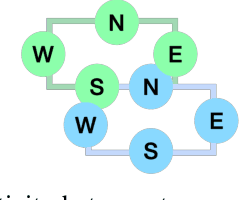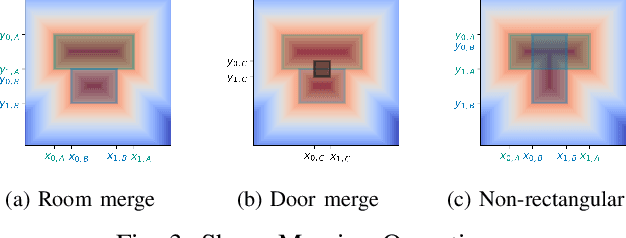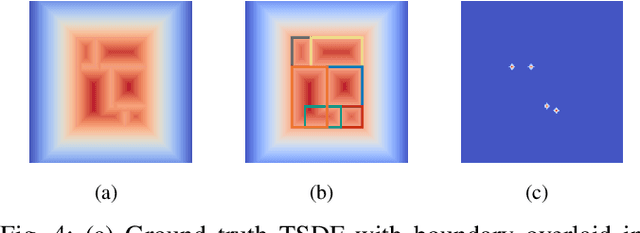Sean B. Andersson
Robust Behavior Cloning Via Global Lipschitz Regularization
Jun 24, 2025Abstract:Behavior Cloning (BC) is an effective imitation learning technique and has even been adopted in some safety-critical domains such as autonomous vehicles. BC trains a policy to mimic the behavior of an expert by using a dataset composed of only state-action pairs demonstrated by the expert, without any additional interaction with the environment. However, During deployment, the policy observations may contain measurement errors or adversarial disturbances. Since the observations may deviate from the true states, they can mislead the agent into making sub-optimal actions. In this work, we use a global Lipschitz regularization approach to enhance the robustness of the learned policy network. We then show that the resulting global Lipschitz property provides a robustness certificate to the policy with respect to different bounded norm perturbations. Then, we propose a way to construct a Lipschitz neural network that ensures the policy robustness. We empirically validate our theory across various environments in Gymnasium. Keywords: Robust Reinforcement Learning; Behavior Cloning; Lipschitz Neural Network
BoxMap: Efficient Structural Mapping and Navigation
Oct 08, 2024



Abstract:While humans can successfully navigate using abstractions, ignoring details that are irrelevant to the task at hand, most existing robotic applications require the maintenance of a detailed environment representation which consumes a significant amount of sensing, computing, and storage. These issues are particularly important in a resource-constrained setting with limited power budget. Deep learning methods can learn from prior experience to abstract knowledge of unknown environments, and use it to execute tasks (e.g., frontier exploration, object search, or scene understanding) more efficiently. We propose BoxMap, a Detection-Transformer-based architecture that takes advantage of the structure of the sensed partial environment to update a topological graph of the environment as a set of semantic entities (e.g. rooms and doors) and their relations (e.g. connectivity). These predictions from low-level measurements can then be leveraged to achieve high-level goals with lower computational costs than methods based on detailed representations. As an example application, we consider a robot equipped with a 2-D laser scanner tasked with exploring a residential building. Our BoxMap representation scales quadratically with the number of rooms (with a small constant), resulting in significant savings over a full geometric map. Moreover, our high-level topological representation results in 30.9% shorter trajectories in the exploration task with respect to a standard method.
MRI Field-transfer Reconstruction with Limited Data: Regularization by Neural Style Transfer
Aug 21, 2023Abstract:Recent works have demonstrated success in MRI reconstruction using deep learning-based models. However, most reported approaches require training on a task-specific, large-scale dataset. Regularization by denoising (RED) is a general pipeline which embeds a denoiser as a prior for image reconstruction. The potential of RED has been demonstrated for multiple image-related tasks such as denoising, deblurring and super-resolution. In this work, we propose a regularization by neural style transfer (RNST) method to further leverage the priors from the neural transfer and denoising engine. This enables RNST to reconstruct a high-quality image from a noisy low-quality image with different image styles and limited data. We validate RNST with clinical MRI scans from 1.5T and 3T and show that RNST can significantly boost image quality. Our results highlight the capability of the RNST framework for MRI reconstruction and the potential for reconstruction tasks with limited data.
 Add to Chrome
Add to Chrome Add to Firefox
Add to Firefox Add to Edge
Add to Edge